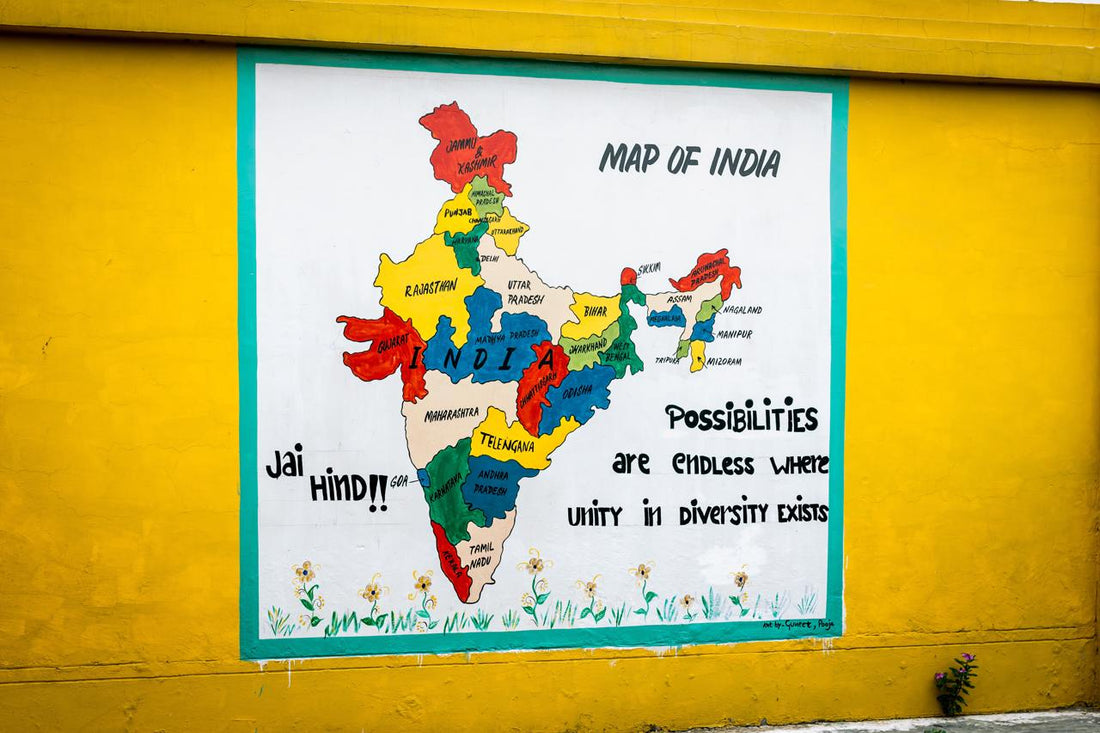
Diversity in Indian Culture
Introduction
India is a multi-cultural country where people from different regions, religions and ethnicities live and this multi-ethnic and diverse population has contributed immensely to its richness of culture and traditions. The culture of India has been shaped by the interaction between various groups over several millennia through trade, conquests and religious missions.
Diversity in India
India has 28 states and 8 union territories spread across a total geographical area of 3,287,240 sq. km. The total population of India as of 1st March 2001 stood at 1,028,737,436.
The Indian culture is a beautiful and colourful conglomeration of several lingual, racial and religious backgrounds that contribute to the richness of one's Indian tour. People from different backgrounds form huge factions of India's population. While components of India's traditional culture have certainly been influenced by foreign invaders such as the Mughals and the British, there still remains a large part of its traditions that are purely native. People who are Indian citizens can be classified as
- Persons whose ancestors resided in India for two or more centuries (this includes many races);
- Original Inhabitants of India
- Persons who have immigrated to India from other countries within the past few hundred years.
These different factions contribute immensely to India's richness of culture and traditions. These contributions are evident in the varied languages (Hindi, Tamil, Sanskrit, Urdu being a few) religions and cuisines. Religion is an important factor that unifies all these factions together as Hindus, Muslims, Sikhs and Christians all worship one Supreme Being. Many parts of India have different cuisines. For example, Mutton Rogan Josh from the Northern state of Kashmir, and Masala Dosa from the Southern state of Karnataka. Residents often love to savour dishes from other states or union territories.
The Indian population, with its variety of races and cultural practices, has led to the development of various art forms. These art forms include music, dance, painting, sculpture, architecture and craft.
In recent decades, there has been a resurgence of interest in traditional crafts and movements to safeguard their essential character. While some crafts have been untouched by modernisation, there are some which have adapted to new methods, materials and approaches.
While the culture of India is not limited to its geography, it is best experienced by visiting the different states and union territories that make up the country.
At Aksa Home Decor, we hope to provide you with products that showcase this beautiful diversity of Indian culture while bringing a smile to your face. Our exquisitely designed collections often pay tribute to the traditional crafts forms of Paper Mache, Dhokara Art, Terracotta work, Wood crafting, Metal Carving, and Rug Making. We understand that it is important to preserve Indian culture and are working to introduce more products and designs that pay tribute to the cultural diversity and richness of our nation.
Conclusion
India is a beautiful multicoloured country with tolerance that unites its citizens as it progresses ahead towards a brighter future while holding onto its traditional ties. We wish to honour India's rich cultural heritage by offering our customers only the highest quality Indian home decor products.
